After years of research, the first bionic eye has seen the light of day in the United States, giving hope to the blind around the world.
Developed by Second Sight Medical Products, the Argus II Retinal Prosthesis System has helped more than 60 people recover partial sight, with some experiencing better results than others.
Consisting of 60 electrodes implanted in the retina and glasses fitted with a special mini camera, Argus II has already won the approval of European regulators. The US Food and Drug Administration is soon expected to follow suit, making this bionic eye the world's first to become widely available.
"It's the first bionic eye to go on the market in the world, the first in Europe and the first one in the U.S.," said Brian Mech, the California-based company's vice president of business development.
Those to benefit from Argus II are people with retinitis pigmentosa, a rare genetic disease, affecting about 100,000 people in the U.S., that results in the degeneration of the retinal photoreceptors.
The photoreceptor cells convert light into electrochemical impulses that are transmitted to the brain via the optic nerve, where they are decoded into images.
"The way the prosthesis works (is) it replaces the function of the photoreceptors," Mech told AFP. Thirty people aged 28 to 77 took part in the clinical trial for the product, all of whom were completely blind.
Mech said the outcomes varied by participant. "We had some patients who got just a little bit of benefit and others who could do amazing things like reading newspaper headlines," he said.
Via
Dr. Stefan Gruenwald



 Your new post is loading...
Your new post is loading...

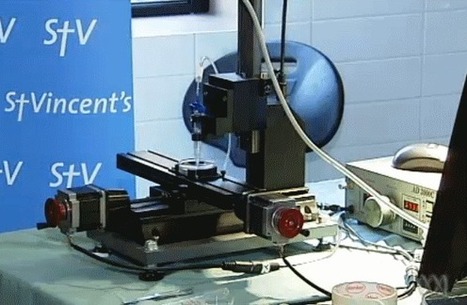

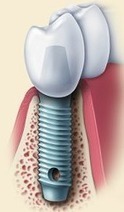
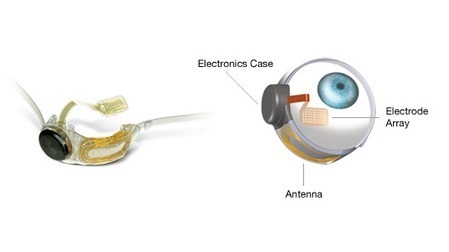
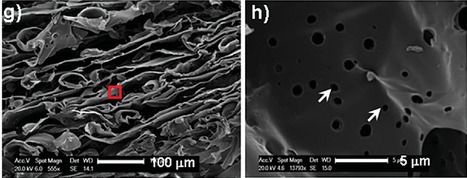

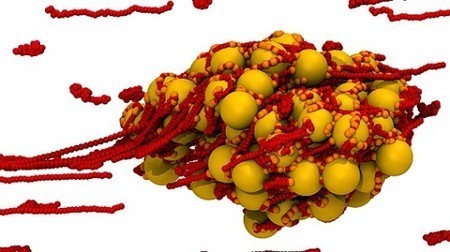



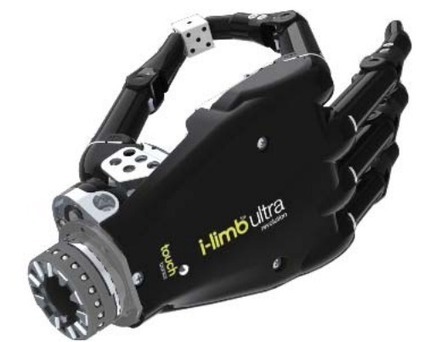

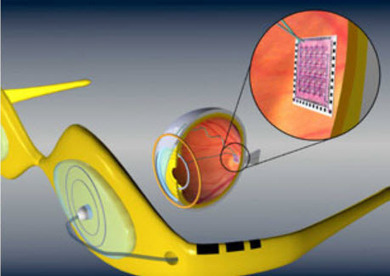
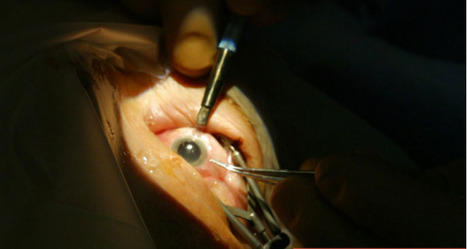

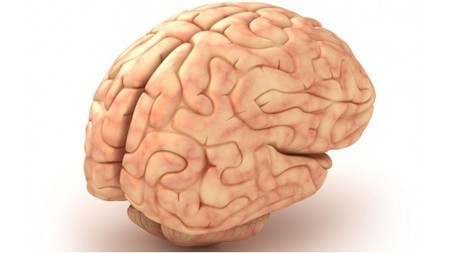
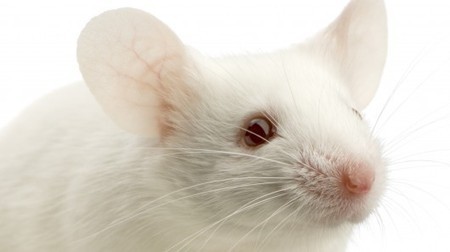






Moores law at work -wow